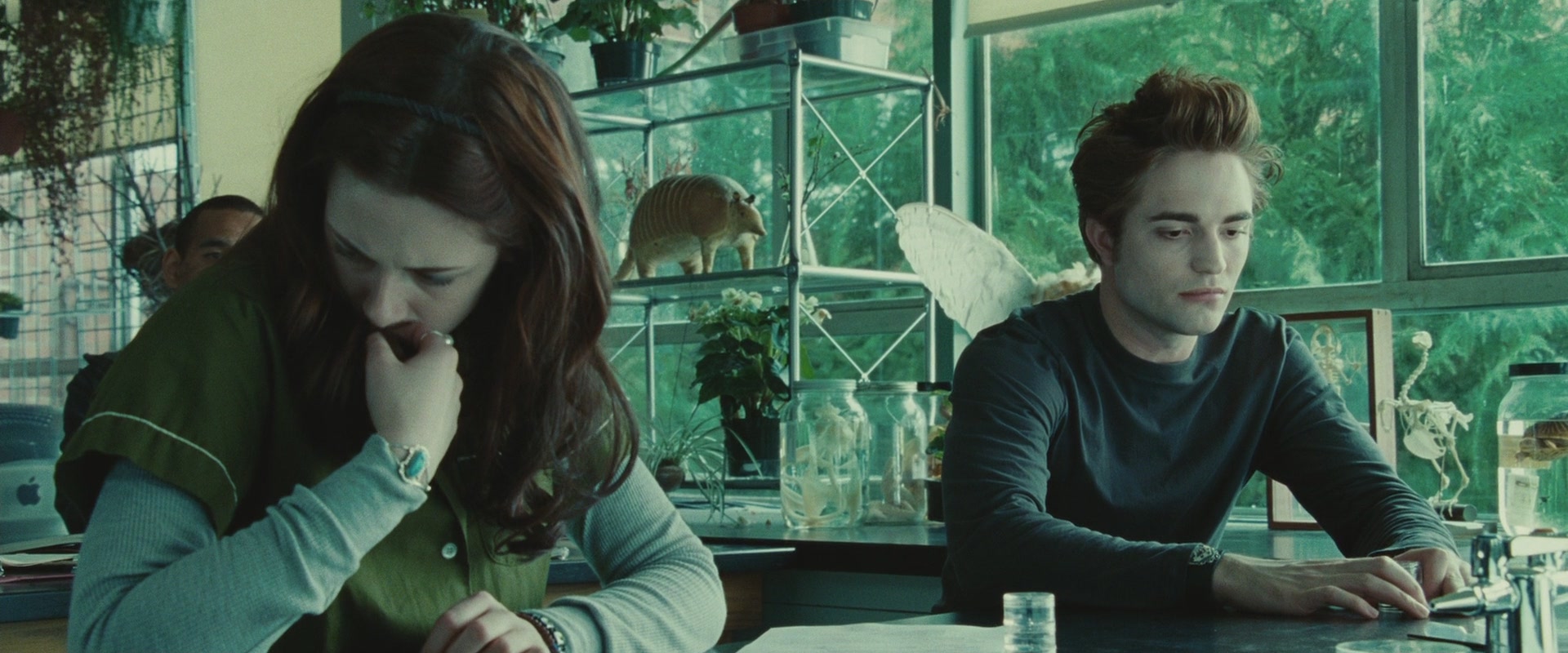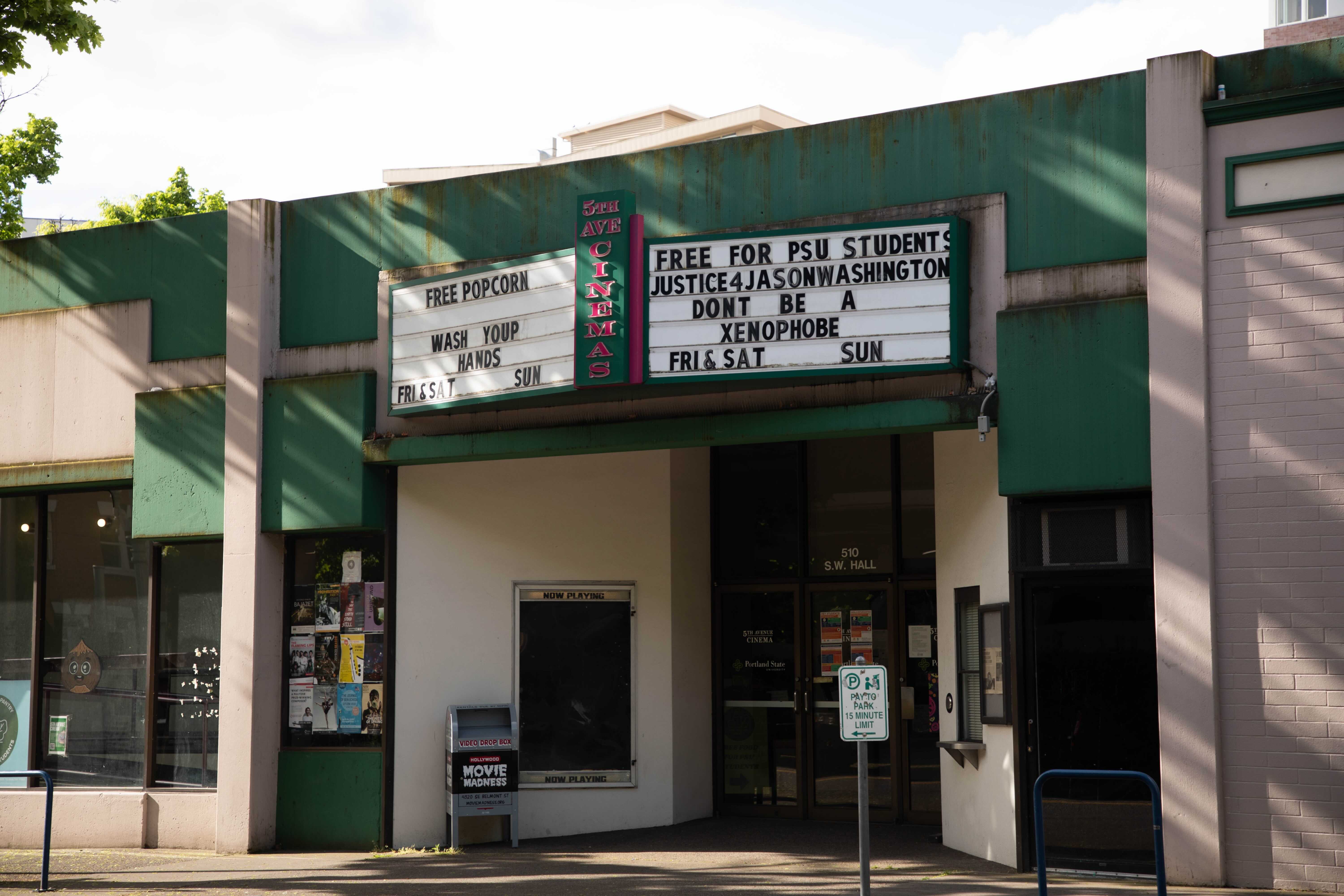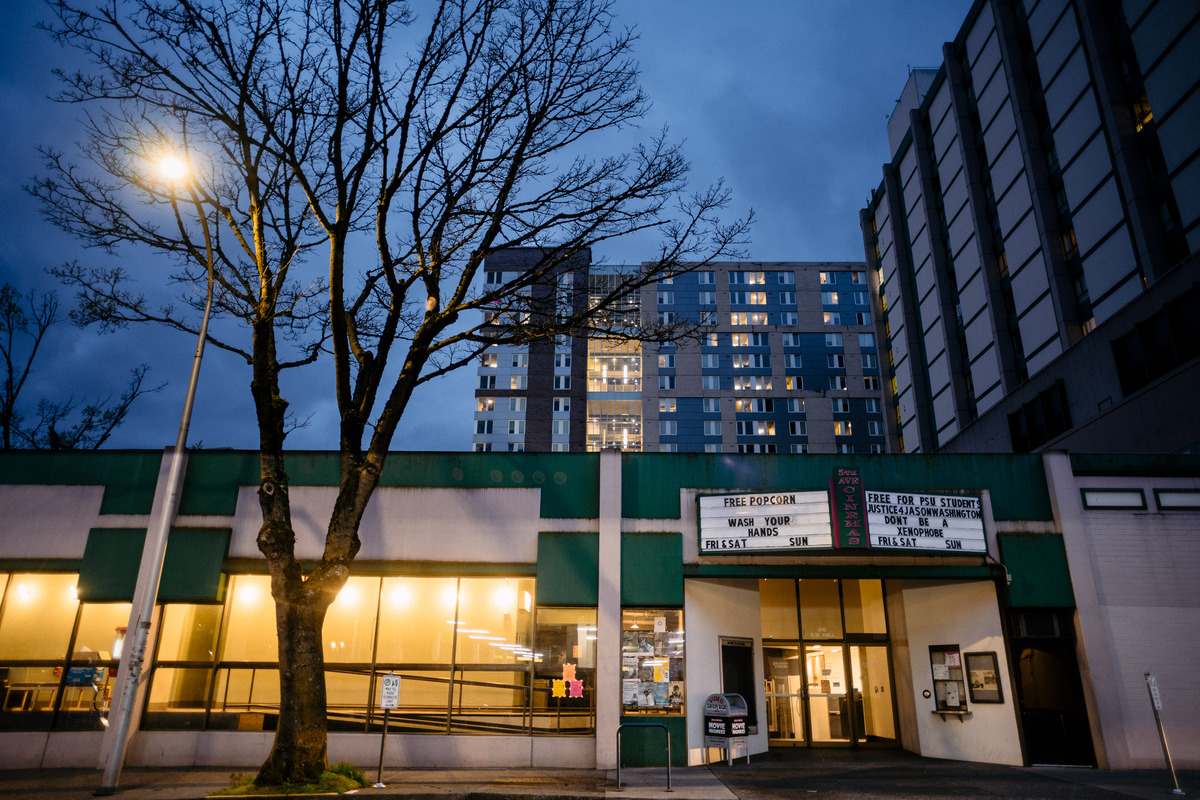Unless you were asleep for the better part of the early 2000’s, you probably remember the Twilight series. Maybe you remember it as the sole topic to occupy the high school hallway grapevine, or as a series of increasingly melodramatic scenes acted out on the playground the way some people perform Shakespeare in the park. Perhaps, it made its way into your family home, with a parent or sibling sheepishly burying their faces in one of the tetralogy’s dense pages. There’s even a good chance you read it yourself, becoming one of the 12% of U.S. adults to read it.
As was inevitable for the time, they made it into a movie. Featuring a star-studded cast in pale makeup that included the likes of Kristen Stewart and Robert Pattinson, the 2008 adaptation picked up on the book’s already-soaring popularity and cemented the franchise into a cultural phenomenon. People loved it, people hated it, but everyone seemed to be talking about it. The teen vampire bubble expanded on the waves of the franchise’s success, as each of the novels was adapted into a movie format, for a combined global gross of over $2.5 billion.
Eventually, the bubble burst, and people moved on to other things. Fast forward to now, 13 years after the first film installment was released, and Twilight has moodily sauntered back into our local collective consciousness by way of 5th Avenue Cinema, which screened the movie over the second weekend of October. For the PSU-based student-operated theater, which normally programs obscure indie films, the Twilight screening is a bit of a departure from its usual content, and the fact that it made it into the lineup at all represents something of a serendipitous accident.
When a distribution issue tanked a film’s availability in the fall lineup, 5th Avenue Staff were left with a gaping hole in the schedule to fill. During a discussion with distributors to acquire Twilight for another theater location that specialized in blockbuster reruns, they made a surprising discovery—Twilight, or so the distributors claimed, was available in 35-millimeter format for distribution.
“[The distributors] ended up telling us ‘oh, we have it on 35’ so we just decided to just make it a part of the main program and fill that slot,” said Nayeli Naranjo-Robles, who helps oversee the theater’s programming. For the staff at 5th Avenue, the key detail of 35mm availability for Twilight qualified it to slip into the programming alongside the likes of films such as Mala Noche and The Piano Teacher.
Unfortunately, due to further distribution problems and shipping miscommunications, the precious canisters of film imprinted with Edward and Bella’s likenesses didn’t make it to the theater in time.
“We were waiting and waiting for it to come through in the mail, and then just yesterday morning an email came in and they were like ‘well, actually we don’t have it,’” Naranjo-Robles said. “So…we are showing it on digital.”
Incidents like these, while unfortunate, do highlight the often-overlooked obstacles faced by small, independent movie theaters. “We are at the whims of the distributors,” Naranjo-Robles concluded.
“It’s just how it goes…but the showing, for me, that’s the most important thing, for people to be able to see it for free,” added Owen Peterson, another event programmer.
35-millimeter format or not, Twilight still packs a punch in the cultural nostalgia department. For some of the event programming technicians (and much of the audience), Twilight recalls visceral memories of the early 2000’s Twilight fever, which swept across U.S. middle and high schools thirteen years ago.
“I remember people in my class would like, reenact the scenes on the playground, and it was like this huge deal for months,” Peterson said.
“It’s a strange experience, watching them,” said projectionist Catie Godula. “They take themselves so seriously that it becomes like this weird pseudo-comedy.”
Godula’s experience of the movie seemed to be shared by the theater’s audience, which provided a veritable laugh-track to the night’s screening. Popcorn and ginger beer in hand, the student crowd cackled as Edward Cullen gazed lustfully across the biology desk at teen heroine Bella Swan, and they practically roared when a white makeup-covered Edward delivered a soliloquy of Shakespearean proportions while dangling comically from a tree.
Besides the cheap laughs, people were clearly enjoying being back in the space of the theater after pandemic closures made traditional movie-going impossible. Across the venue, they enthusiastically crinkled their popcorn bags and tore open candy wrappers with a special gusto, and the film’s absurd dialogue and convoluted plot points allowed ample opportunity for theater-goers to giggle witticisms into their neighbor’s ears.
By the end of the night, as Bella Swan danced on the undead feet of Edward Cullen, Peterson’s recommendation rang true: “Just come in with an open mind,” he said earlier that night, “and you’ll probably have a good time…it’s pretty hilarious.”






